Report this entry
More from the same community-collection
DIGIE Wall kick-off celebration
El Paso Mayor Oscar Leeser and members of the Denmark delegation ...
DIGIE Wall kick-off celebration
El Paso Mayor Oscar Leeser and members of the Denmark delegation ...
Opening of Paso Del Norte Paranormal Society Offices
Six Guns and Shady Ladies helped Paso Del Norte Paranormal ...
Queen of Peace Convent - El Paso, Texas
Catholic Convent run by Servants of the Sacred Heart Father ...
City of El Paso Y.O.U.N.G GHOSTBUSTERS PROCLAMATION
March 18 will always be know as Y.O.U.N.G GHOSTBUSTERS OF EL ...
Bicentennial Council 1975 - El Paso, Texas
Bicentennial Council was responsible for acquiring federal money ...
Joe Gomez with Mary Haskins, widow of Don Haskins - El Paso
With Mary Haskins, widow of hall of fame coach, Don Haskins
A Line of Fire Hydrants - EPMH - Different view
Depth of field - Sharper hydrants going into the distance







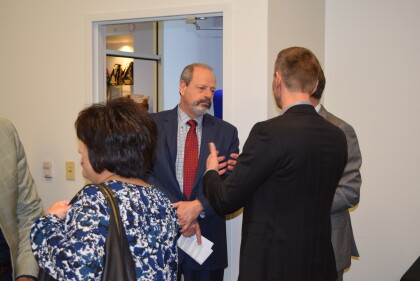
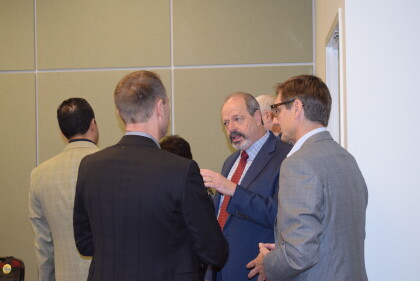

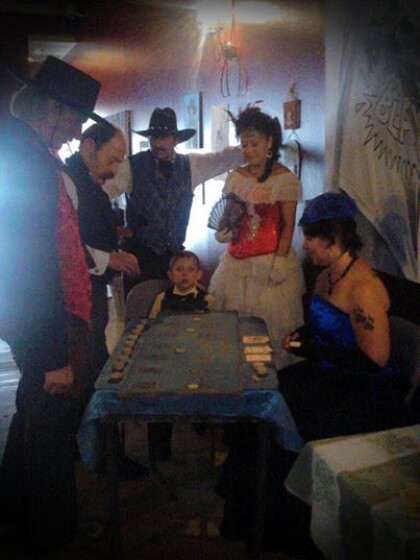

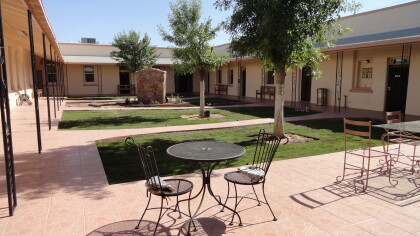
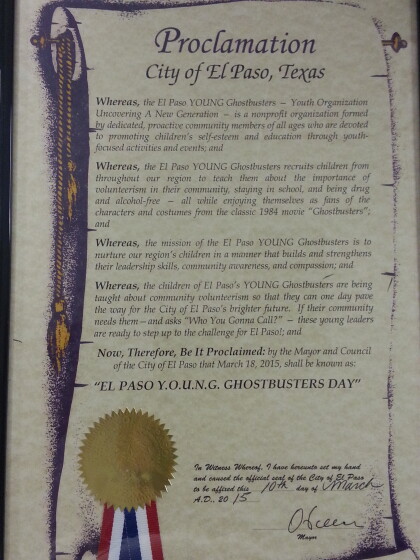
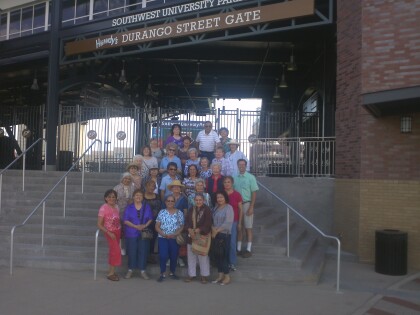
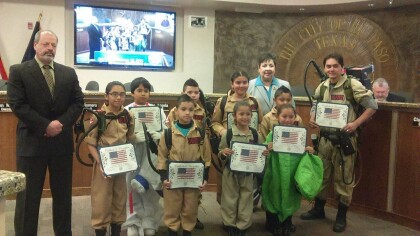
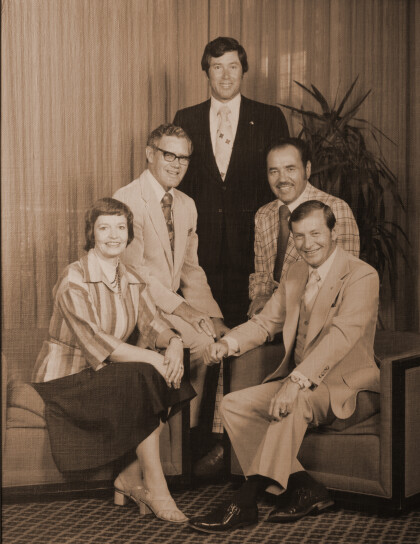
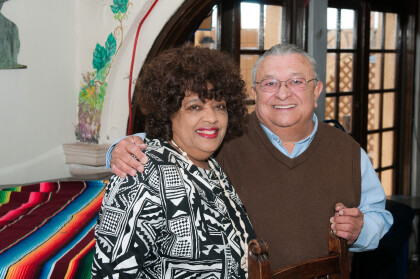

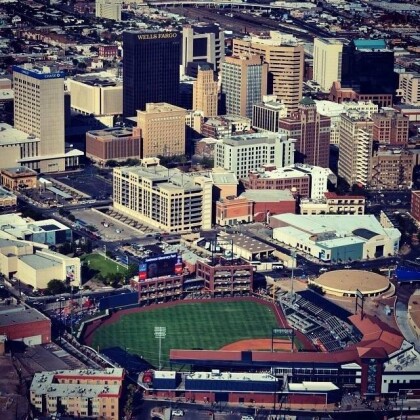
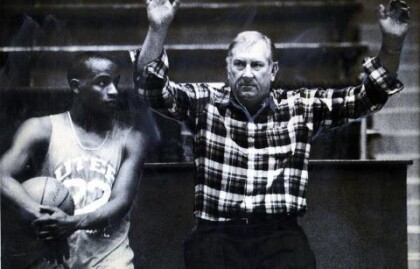
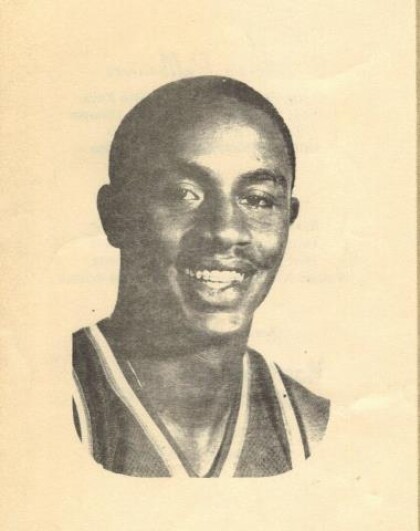
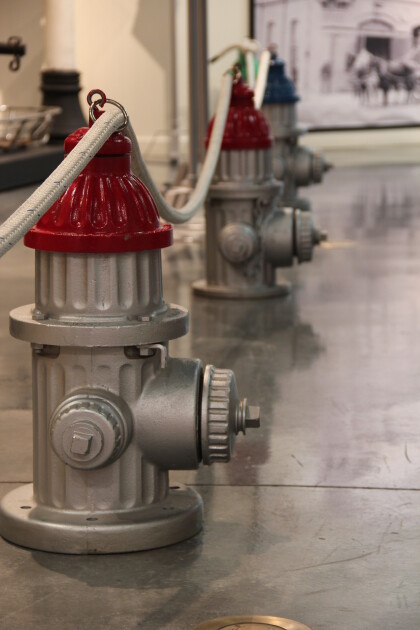
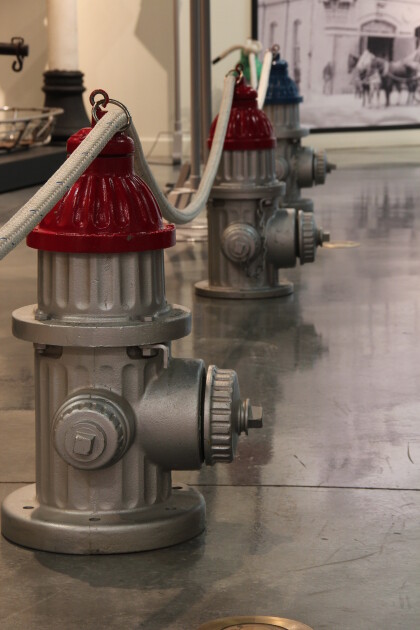
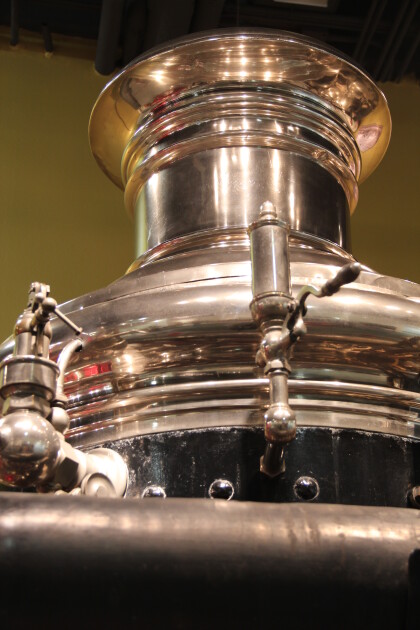
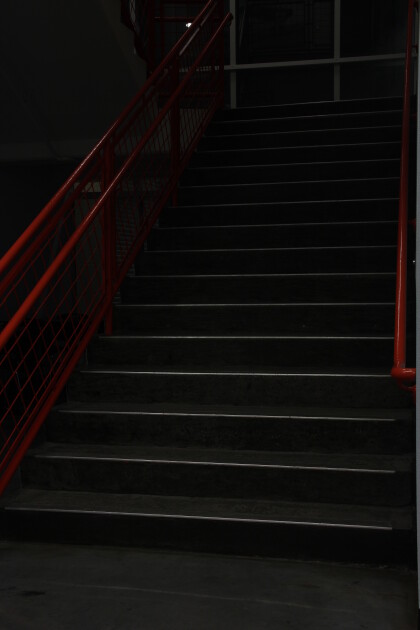
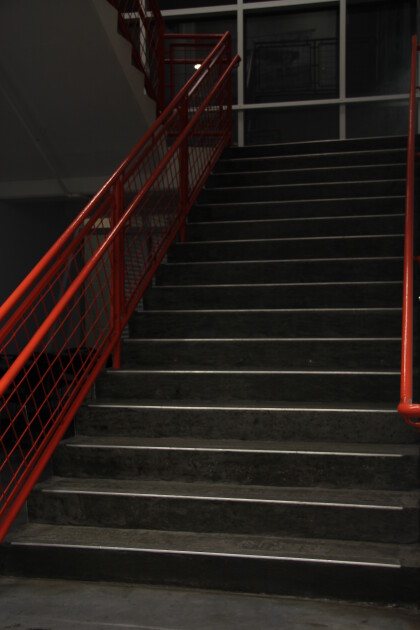
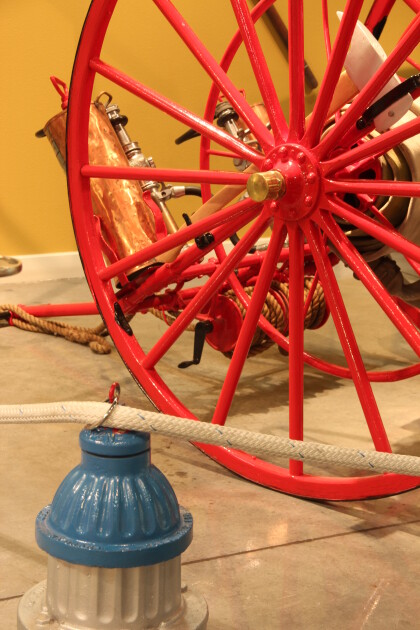
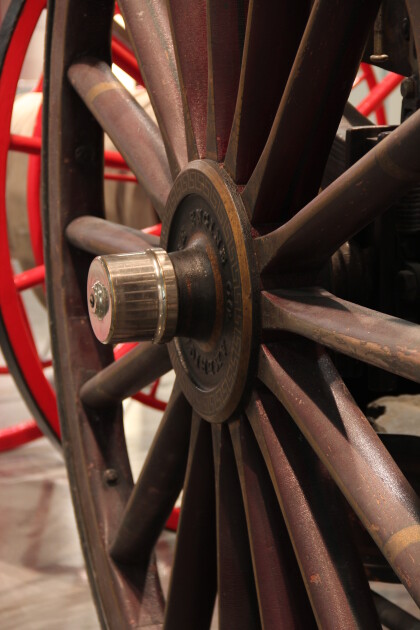

Comments
Add a comment